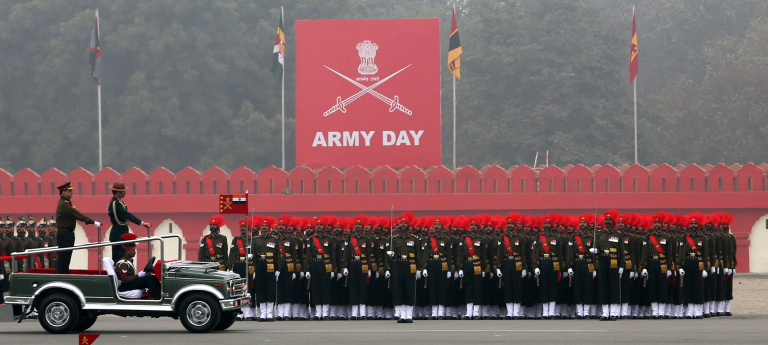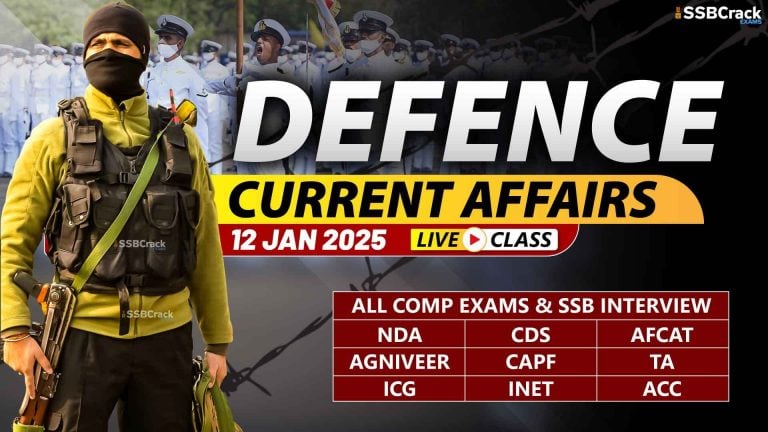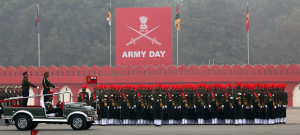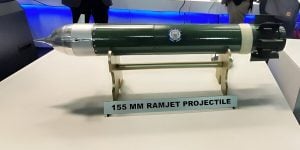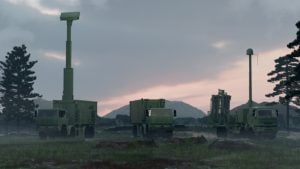DRDO conducted two successful flight tests of Very Short-Range Air Defence System (VSHORADS) missile on 28th & 29th Feb 2024 from a ground based portable launcher off the coast of Odisha from Integrated Test Range, Chandipur.
DRDO Successfully Flight Tests VSHORADS
DRDO conducted two successful flight tests of Very Short-Range Air Defence System (VSHORADS) missile on 28th & 29th Feb 2024 from a ground based portable launcher off the coast of Odisha from Integrated Test Range, Chandipur. These tests were carried out against high speed unmanned aerial targets under different interception scenarios. During all the test flights, the targets were intercepted and destroyed by the missiles, meeting the mission objectives.
VSHORADS is a Man Portable Air Defence System designed and developed indigenously by Research Centre Imarat in collaboration with other DRDO laboratories and Indian Industry Partners. VSHORADAS missile incorporates many novel technologies including miniaturized Reaction Control System and integrated avionics which have been successfully proven during the tests.
Flight altitude: 3,500 m (11,500 ft)
Guidance system: Dual waveband infrared imaging
Launch platform: Tripod, weapon platform
Length: 2.00 metres (6 ft 7 in)
Manufacturer: Adani Defence and Aerospace
Mass: 20.5 kg (45 lb)
Used by: Indian Army
MANPADS
•MANPADS are short-range, lightweight and portable surface-to-air missiles that can be fired by individuals or small groups to destroy aircraft or helicopters.
•They help shield troops from aerial attacks and are most effective in targeting low-flying aircraft.
•MANPATs or Man-Portable Anti-Tank Systems work in a similar manner but are used to destroy or incapacitate military tanks.
•MANPADS have a maximum range of 8 kilometers and can engage targets at altitudes of 4.5 km.
•The first MANPADS were introduced by the United States and Soviet Union in the 1960s.
Reaction Control System
•A Reaction Control System (RCS) is responsible for attitude control and steering by the use of thrusters.
•The RCS system is capable of providing small amounts of thrust in any desired direction or combination of directions.
•An RCS is also capable of providing torque to allow control of rotation (pitch, yaw, and roll).



